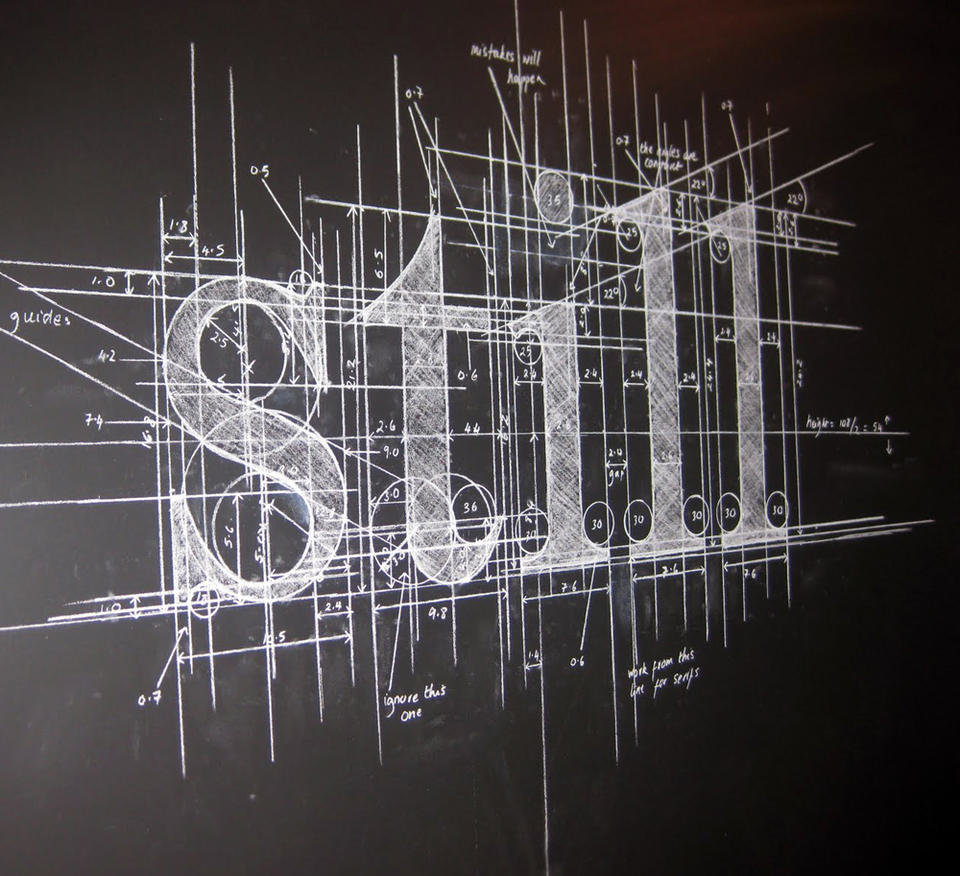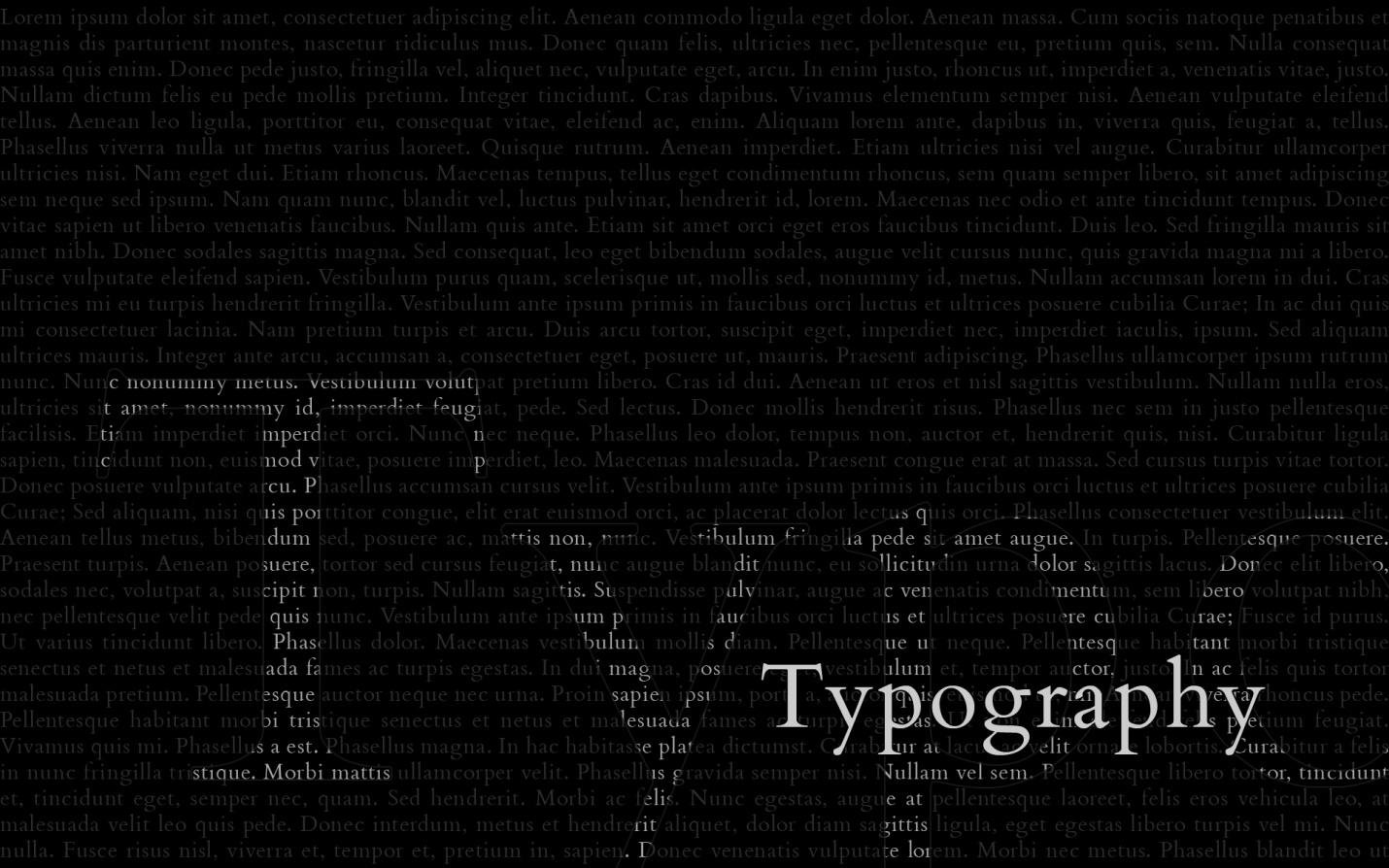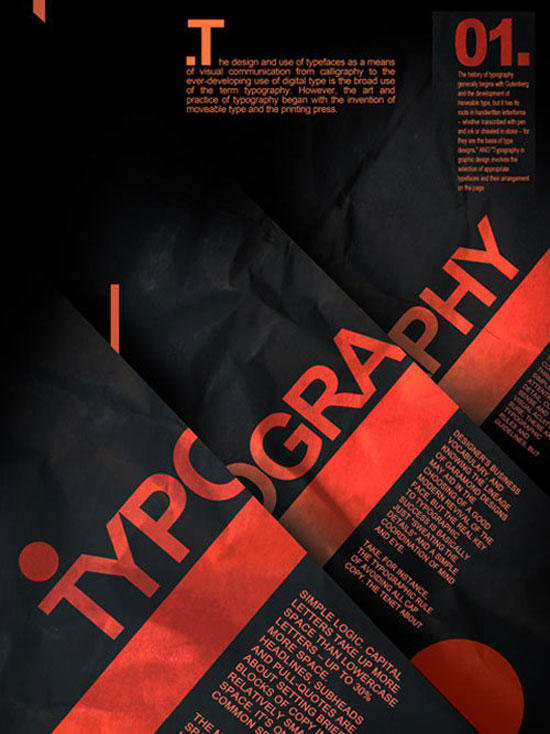Edward Johnson lived between 1872 and 1944 in the United Kingdom. He was one of the first developers of calligraphy which is known until today.His calligraphy forms were the first ones to use a pen as a tool for writing (Lewis 23). They remain an inspiration to modern day typography.
Edward Johnson’s most outstanding typography is the sans-serif Johnson typeface. It has remained one of the most significant landmarks in London Underground until the government changed it in the 1980s. The rounded symbol, an emblem of the London Underground, is Johnson’s design.

This paper will trace Johnson’s early life, his career, and the influence on typography. The paper will also demonstrate that Johnson mentored and influenced several typographers such as Eric Gill.

William Harrison, a respected architect in England, inspired Johnson to pursue this particular field. He was very interested in manuscripts, and it did not take him long to discover Edward Strange’s handbook on typography. Johnson met Lethaby, the chief administrator at Central School of Arts and Crafts. He was the one who influenced Johnson to enroll for a manuscripts course.
In his first class at the British Museum, Johnson discovered his talent in lettering. By using broad edged pen for lettering, Johnson impressed the museum. He immediately secured a position as a teacher at Central School. It is there that he met his student and partner in art, Eric Gill. Gill was interested in typeface design.
Johnson’s help and education quickly advanced Eric at a time when many people were appreciating the value of typography and sculpturing. During his tenure at Royal College of Art, Johnson excited, motivated, and inspired many students to pursue and advance in typography. Johnson was born in Uruguay but his parents were from the United Kingdom. When he was three years old, his family moved back to England.
Johnson’s dad struggled to settle down because he could not find a job. Johnson did not attend school and studied at home. His favorite subjects were mathematics and anything related to technology.
He demonstrated a fondness for art and at an early age, he began creating manuscripts. At the age of nine, he began working for his uncle. When he was the right age, he enrolled at Edinburg University to study medicine, but he never finished his studies.

Influence
Johnson’s influence on typography is enormous. In 1906, he authored the most educational book on typography. The book, “Writing and Illuminating, and Lettering”, captures the basics of a subject that people have thought was complicated and difficult.
Unfortunately, Johnson died before he could publish his second book. His most remarkable contribution is the London’s Underground typeface. He designed the typeface and the product, sans-serif Johnson typeface. It is still a prototype of a simple and yet appealing typography.
As a teacher and writer, Johnson made lettering popular. Typography became a form of art and its separate division. His calligraphy inspired foundational hand, a Roman art form that was rare in Britain. Johnson inspired Gill, Wellington, and Hewitt, among other typographers, into taking up calligraphy.
His influence spread from Britain to European countries. In Germany, he oversaw the change from Gothic to Roman lettering. The celebrated German typographer, Anna Simons, was Johnson’s protégé. His students recognized his unique and influence, so they established the Society of Scribes and Illuminators in his honor.

Mary Greensted and Sophia credit Johnson with the rise of modern day calligraphy from a lackluster craft to its present status (23). The use of pen in lettering was inactive since13th century because of social difficulties. Blackwell recalls that Johnson’s writings “created a new interest in calligraphy and a new school of excellent scribes” (43).
Johnson breathed a new life into calligraphy. His efficiency in the use of tools and other materials inspires even the modern high technology lettering. The lettering has outlived the onslaught of modern technology as some calligraphers still use Johnson’s methods and materials. His ability to find and develop new designs keeps modern scientists and philosophers at awe.
Mary Greensted and Sophia provide a deserved and exact statement, as his skills “were carried out with the understanding of the artist-craftsman, the scientist and the philosopher and this three-fold approach resulted in a profound insight” (32). In other words, Johnson provided the root from where many lettering and writing forms emerged.
In typography, Johnson’s influence was not confined by regional and international boundaries. As mentioned earlier, Anna Simons was Johnson’s student. Simons’ work led to widespread interest in typography in her native country. She translated “Writing and Illuminating, and Lettering” into her native language.
This provided new tools and interpretations to those interested in typography. The translation of Johnson’s book to German spread his influence among many people. Sir William Rothenstein was particularly happy about the translation and the impact it was having on the art students.
Johnson’s influence spread even to the United States where he is still respected by beginning and professional typographers. His pioneering work in lettering influenced the creation of an annual lettering conference in the United States.
Frutiger et.al express this influence when they pronounce that nobody “had such a lasting effect on the revival of contemporary writing as Edward Johnson for paving way for all lettering artists of the 20th century and ultimately they owe their success to him” (34). This is evident of the effect Johnson had on the whole world.
The Edward Johnson Foundation demonstrates the influence that Johnson has left behind. Based in Ditchling, Sussex, the foundation promotes people’s awareness of typography.
It intends to open a center where different people can learn the art of lettering, and it organizes workshops for graphic design. The foundation wants to deliver effective education to students, especially after the government scrapped the art education from the schools’ curriculum.
Among Johnson’s students, Eric Gill was the most prolific and controversial. Gill was born in 1882 into a family that valued art. His brother, a graphic artist, was his first influence in art. His family moved from Brighton, Sussex, his birthplace, to Chichester where he began schooling.
He enrolled at Chichester Technical and Art School. At eighteen years of age, Gill trained as an architect. Citing frustrations, he stopped education in architecture, and pursued stonemasonry and calligraphy. As a calligraphy student at Central School of Arts and Crafts, he met Edward Johnson who was teaching there.
The teacher-student relationship blossomed, and Gill would later follow in his teacher’s footsteps. Johnson influenced Gill to abandon architecture for calligraphy. Gill would perfect his art in lettering and masonry to become an inseparable part of typography.
Before meeting Johnson, Gill had tried his hand in sculpturing, typefaces and inscriptions. The meeting with Johnson gave him intension and bravery to take up his craft more seriously. In 1912 for instance, he made a sculpture of a mother and a child. In 1913, William Rothenstein introduced Gill to Jain structures (Lewis 24).
Gill was impressed and in collaboration with his friend, he launched an ambitious project to imitate the Jain structures. All this time, he drew inspiration and support from Johnson who had evolved from a teacher to a friend and partner.

Johnson had first been Gill’s teacher in lettering, but they would later move to Ditchling together. Johnson had become a respected and skilled calligrapher by 1912. He quickly recognized Gill’s talent and passion. As a sign of this confidence and trust, Johnson gave Gills an opportunity to contribute in his book.
Gill is the author of the chapter “Inscriptions in Stone” in Johnson’s book “Writing and Illuminating and Lettering”. This shows a high degree of trust between the teacher and his protégé. Johnson pulled Gills to levels that he could develop enough to earn him a chapter in his revolutionary book.
The influence between the two calligraphers was mutual. Gill persuaded Johnson to move with him to Ditchling in 1912. Their common interests in lettering and printing made it easy for them to get along. The two collaborated with Douglas Pepler to open a workshop in Ditchling.
From this workshop, Johnson and Gill learned book production, which led to the reprinting of Johnson’s book. Though Sans sign lettering was Johnson’s original work, Gills played a major role in designing it. This shows the evolution of their mentor-mentee relationship to partners.
Gill developed his own sans in 1978. His sans were influenced by Johnson’s, especially when they were designing sans for the London Underground. Mary Greensted and Sophia describe Gill sans forms as “simple and clean while paying homage to traditional typographic values” (54).
His design, however, remains similar to Johnson’s sans. Gill managed to unite his stone cutting skills with typography to produce a unique design. His sans are available in monotype and have unique features, particularly in the upper case.
Johnson played a major role in Gill’s artistic career. Gill owed his artistic achievements to Johnson’s influence. When they moved to Ditchling, Johnson was instrumental in influencing Gill’s decision to form the Guild of St. Joseph and St. Dominic.
This religious movement sought to use art as a tool to spread catholic faith. Gill took advantage of the movement to spread ideals of self-sufficiency.
However, his liberal views attracted criticism from conservative members of the group. When Gill ventured into inscriptions with sexual connotations, other members felt enraged. The group, however, grew to become a big movement in Europe, and Johnson was one of the major influences.
In spite of the friendship and influence between the two typography icons, there were some differences in their characters. Johnson was a conformist and rarely courted controversy. On the other hand, Gill was a non-conformist whose art elicited controversy.
On one occasion, he carved an erotic statue, and erected it on a college’s gate. Another time, Gill carved a statue of a virgin woman with a child, something that many conservatives viewed as repugnant to Christianity. While Johnson had influence on Gill’s artistic life, it is evident that his influence on his character was negligible. However, this does not diminish the artistic ties between the two.
There are signs that they enjoyed a close friendship. A case in point is Johnson’s decision to move with Gill to Ditchling. Johnson was the idea behind the guild movement that Gill founded in Ditchling. This shows that despite the differences in character, the two agreed on issues concerning calligraphy, lettering and artistic career.
Johnson influenced Gill’s decision to become a teacher at Central School and Paddington Institute. It is important to note that Johnson and Gill shared a house when the former was a teacher and the latter a student at Central Art School.

It was from this proximity that Gill perfected the art of lettering and calligraphy under the tutelage of the world’s best. Gill followed in the footsteps of his teacher by teaching at the same schooland winning accolades in Germany. He would also mentor and inspire his students in the same way that Johnson inspired him.
Harry Kessler, a respected German calligraphist, served his apprenticeship under Gill. Though Gill did not step out of his teacher’s shadow, he carried on the legacy to become one of the greatest artists. Therefore, it was not a surprise when the Royal Society of Arts recognized Gill with the Royal Designer for Industry award.
The paper has reviewed the biography of Edward Johnson and his contribution to typography. Through hard work and determination, he was able to rise to global prominence in typography.
He introduced sans font in lettering and in spite of the advancements in technology, his early works remain an inimitable template in typography. Eric Gill, Johnson’s most prominent protégé, had a difficult beginning in typography.
The teacher’s mentoring helped him discover and develop own talents and skills. Gill perfected his lettering and calligraphy under Johnson’s guidance. The teacher-student relationship evolved into collaboration in typography. Gill and Johnson remain the most celebrated typographers in the United Kingdom and Europe.
Works Cited
Blackwell, Lewis. 2004. 20th-century Type. Web.
Frutiger, Adrian, Heidrun Osterer, and Philipp Stamm. 2009. Adrian Frutiger Typefaces: The Complete Works. Web.
Greensted, Mary, and Sophia Wilson. Originality and Initiative: The Arts and Crafts Archives at Cheltenham. Cheltenham: Cheltenham Art Gallery and Museum in association with Lund Humphries, 2003. Print.
Lewis, John N. C. 2007. Typography: Design and Practice. Web.